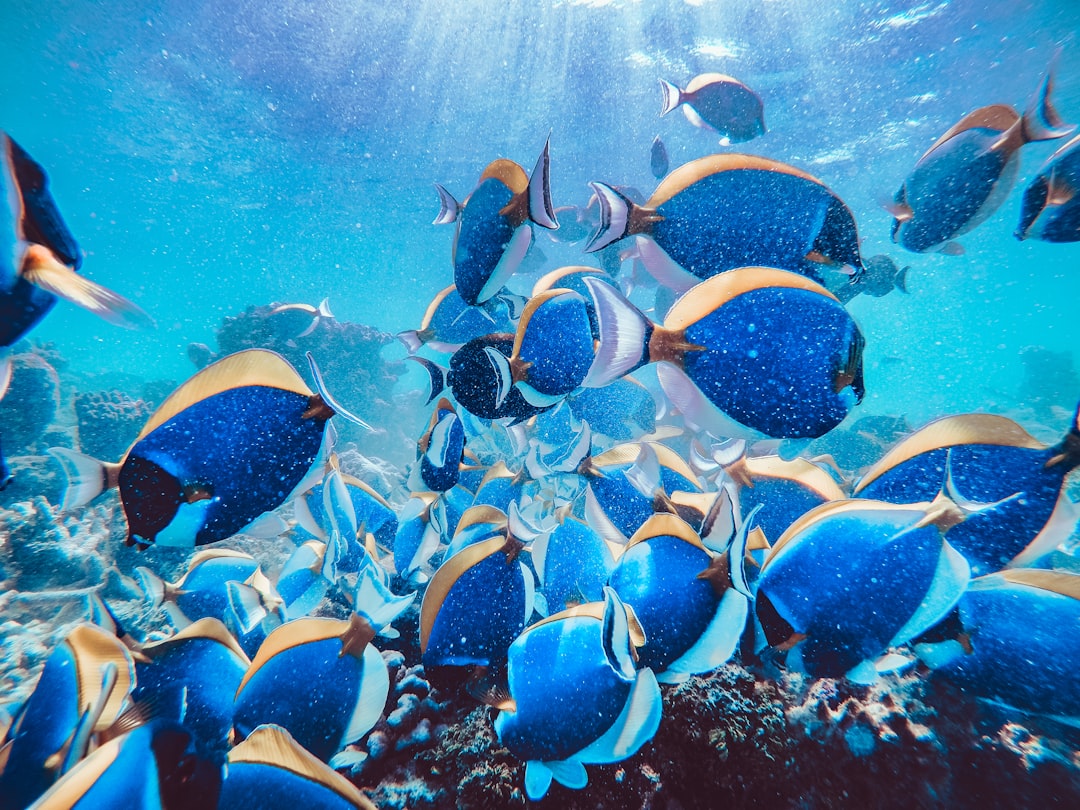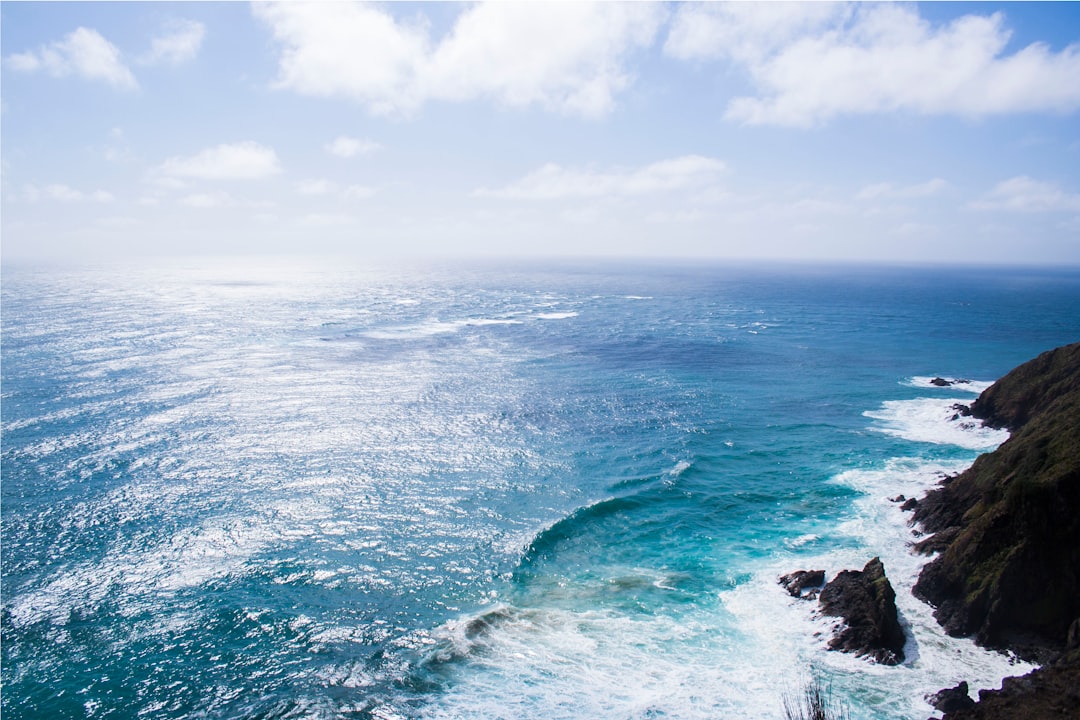What is it about?
Many ascidians are very successful marine invaders, and members of the genus Pyura are particularly notorious because they can overgrow native sessile fauna and in that way completely alter the invaded habitats. In this paper, we show that a population of the ascidian Pyura doppelgangera that has become invasive along the coast of Adelaide (South Australia) has spread at a very slow rate, and is still absent from sites north and south of the point of invasion.
Featured Image
Why is it important?
Even though ascidians can readily reach far away locations by attaching themselves to the hulls of boats, what happens in the invaded marine communities depends strongly on habitat availability. Adelaide's coastline is essentially a sandy beach, and P. doppelgangera is only present on artificial structures. Unlike northern New Zealand (where rocky shore habitat is continuous), physical removal can potentially eliminate the species before it can spread to other sites in South Australia.
Perspectives
This study contradicts the finding of a study we only published last year: Teske PR (2014) Connectivity in solitary ascidians: is a 24-h propagule duration sufficient to maintain large-scale genetic homogeneity? Marine Biology 161:2681-2687. The previous study used mitochondrial DNA and a nuclear intron, and found no genetic structure over vast areas. In the present study, we used highly polymorphic microsatellites, and found that most larvae settle in the parent habitat. This suggests that ascidians' 1-day larval dispersal phase cannot facilitate long-distance dispersal, and that conclusions to the contrary may be a result of incomplete lineage sorting of DNA sequence data.
Prof. Peter R Teske
University of Johannesburg
Read the Original
This page is a summary of: Invasion success of a habitat-forming marine invertebrate is limited by lower-than-expected dispersal ability, Marine Ecology Progress Series, September 2015, Inter-Research Science Center,
DOI: 10.3354/meps11463.
You can read the full text:
Resources
Contributors
The following have contributed to this page










